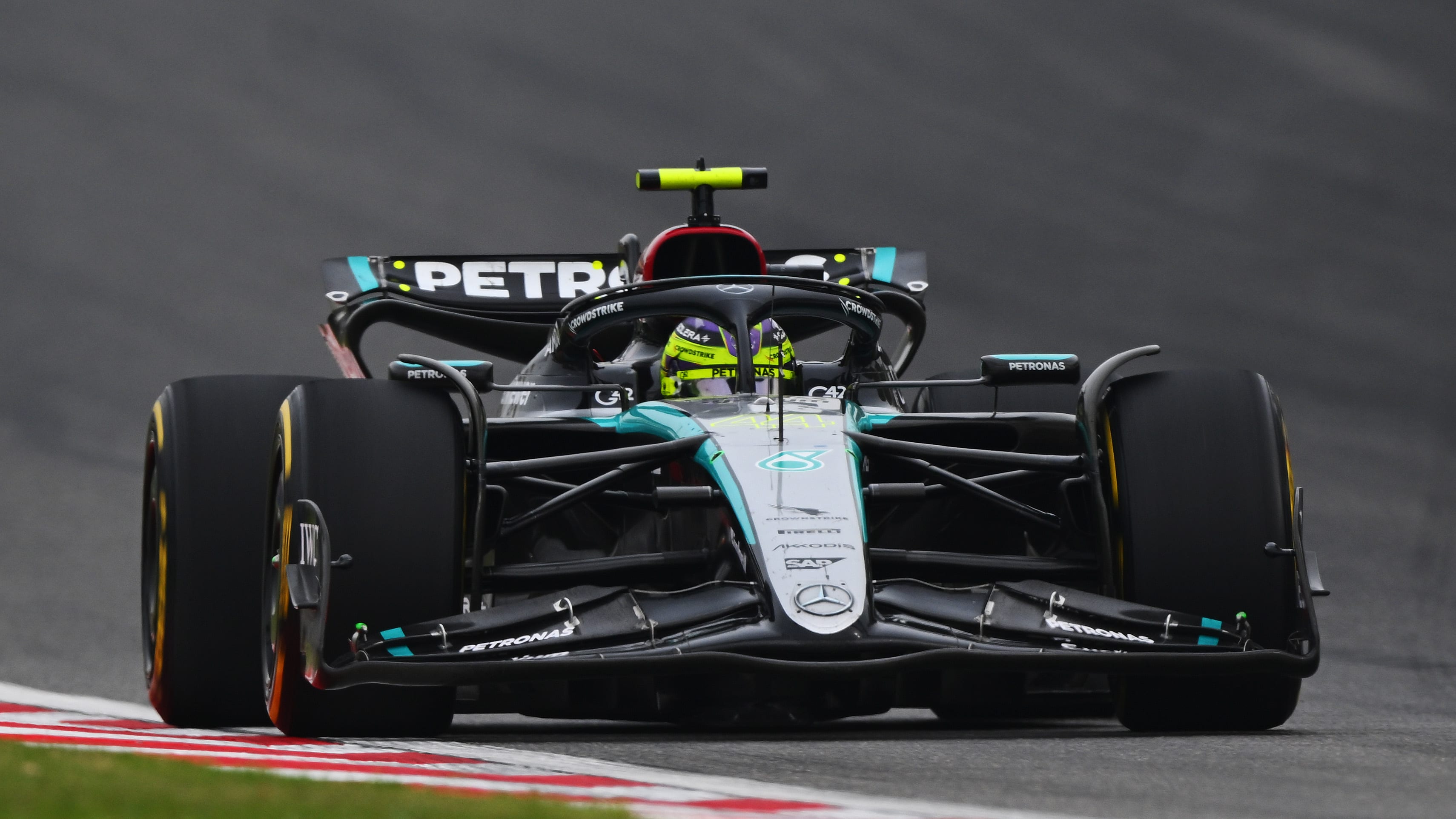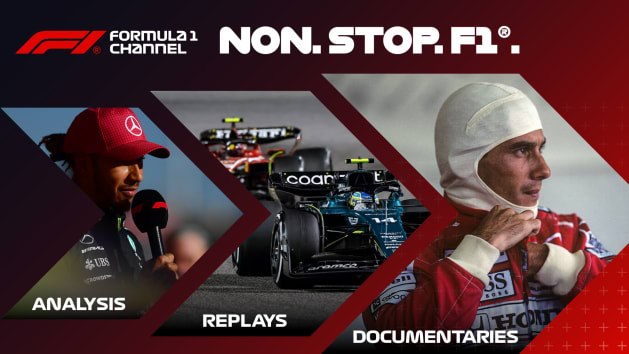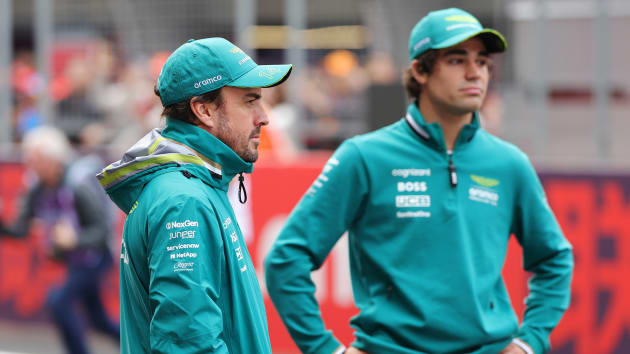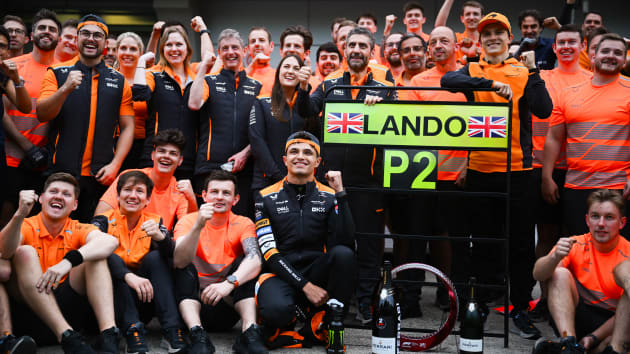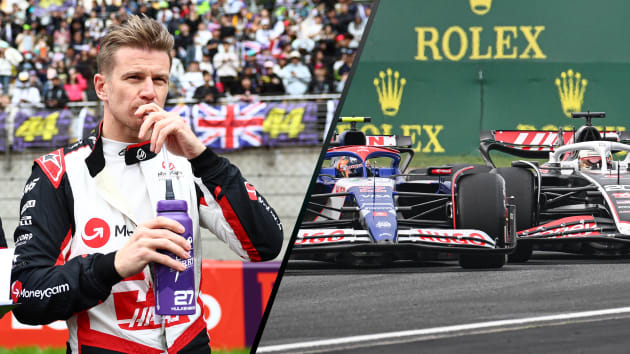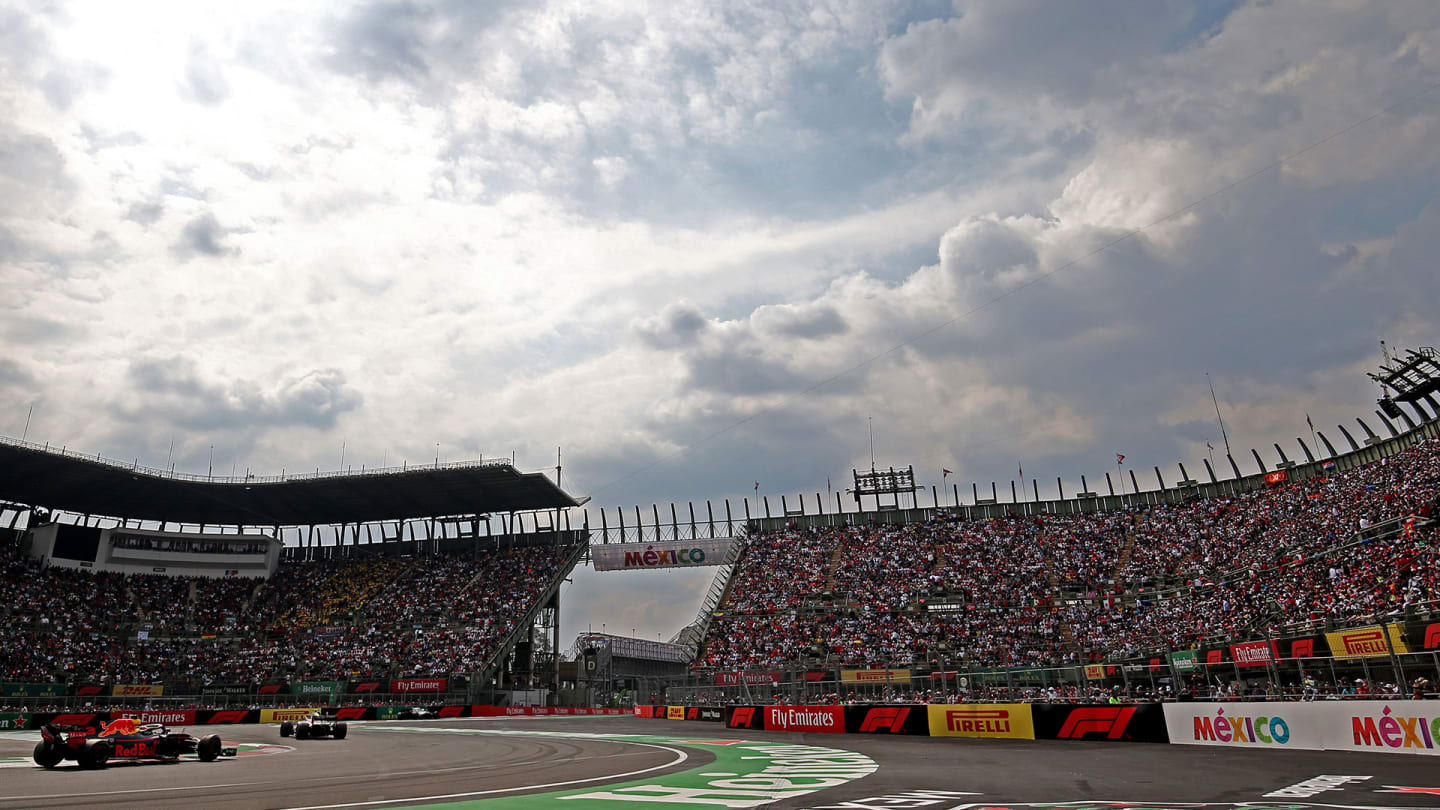
Feature
5 Reasons We Love... The Mexican Grand Prix

Special Contributor
Chris MedlandShare

Into the final four races of the season and it’s time to head to the Americas for a back-to-back pairing starting with the Mexican Grand Prix. Here's why we love going racing at the Autodromo Hermanos Rodriguez…
1. It is HIGH up
We always like being able to talk about a unique challenge of certain venues, and Mexico certainly has one of those. With the track in Mexico City situated at 2285m above sea level – over 1000m more than the next highest circuit on the calendar - comes a number of different concerns.
At altitude, the concentration of oxygen is lower than at sea level, which means there is an impact on car and power unit performance, with the aerodynamics working differently due to the thinner air providing less downforce – then there is the knock-on impact of cooling, because the less dense air goes into these systems.
On top of that, the compressor has to work harder to ensure the right ratio of air to fuel for the combustion process in the internal combustion engine (ICE). It all adds up to headaches for engineers.
READ MORE: Daniel Ricciardo – The Honey Badger's confidence trick
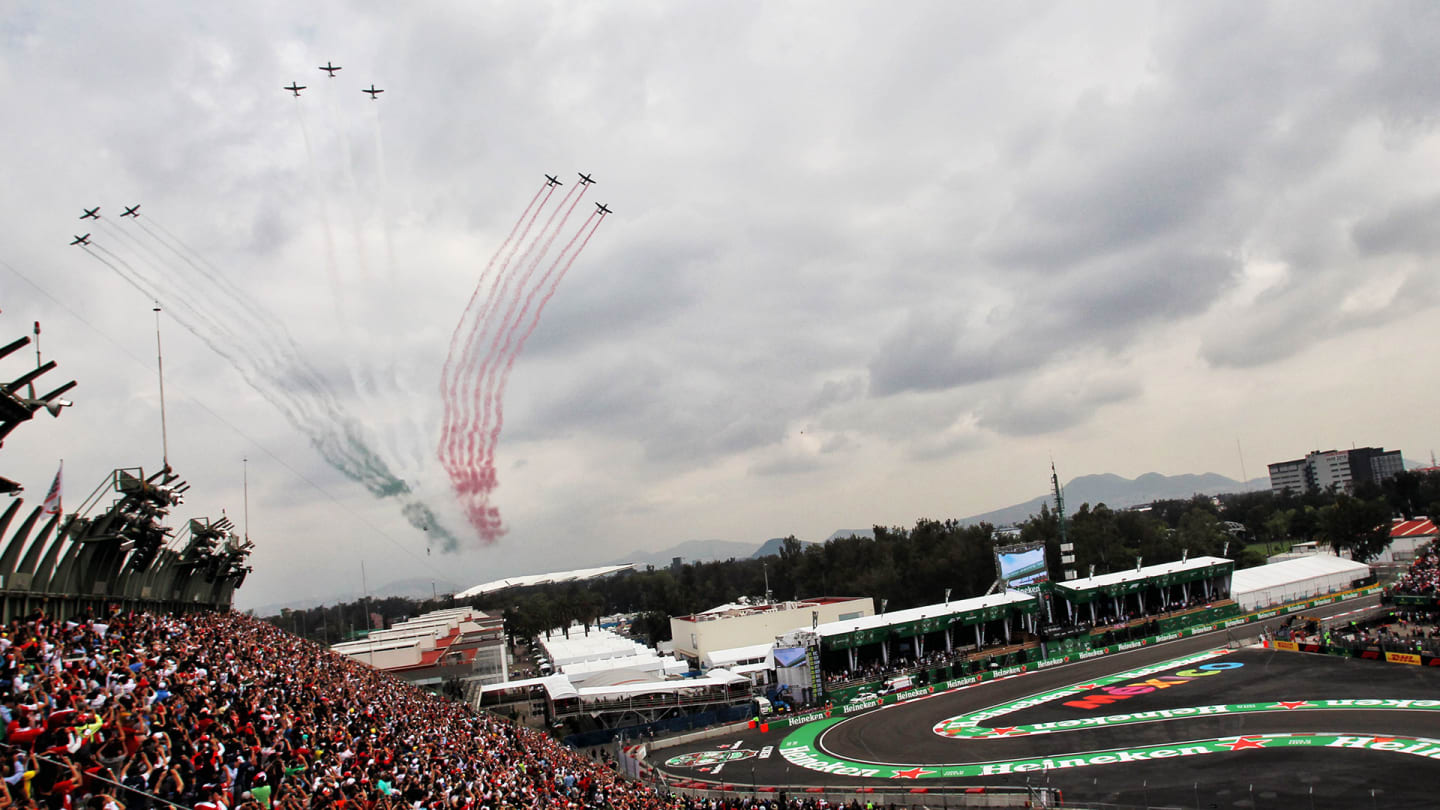
2. The stadium section
Another signature aspect of the Autodromo Hermanos Rodriguez is the circuit layout and, in particular, the final sector. At Turn 12, the drivers turn right into a stadium section – the Foro Sol – where they tackle a number of low-speed corners in front of two huge grandstands.
LISTEN: Mick Schumacher on living up to the family name
This section is actually a baseball stadium and the cars then wind their way through the middle of the two stands before joining the Peraltada corner halfway through its former layout.
The podium is also located in front of this section, too, instead of in the pit complex next to the start/finish straight, ensuring the trophies are lifted and the champagne is sprayed in front of the largest single seating area at the circuit.
MEXICO 2018: Re-live last year's race
3. Overtaking opportunities
While the stadium section is an incredible place to see the cars up close and join in the post-race celebrations, the first sector is where so much action happens. The run to Turn 1 on the opening lap is always dramatic, with a 1.2-kilometre straight separating the final corner and the first braking point.
With drivers reaching top speeds of over 320 km/h on this run, the slipstream effect allows plenty of overtaking into the first corner, but it’s also easy to lock a brake given how much the cars need to slow.
READ MORE: Behind the scenes with Carlos Sainz: Sushi, FIFA and Suzuka's Super Sunday
And the fighting usually continues for a number of corners too, with the right-left-right sequence of the first three turns allowing wheel-to-wheel racing before another relatively long straight and another heavy braking zone at Turn 4, again leading into a left-right section that allows drivers to try and fight back.
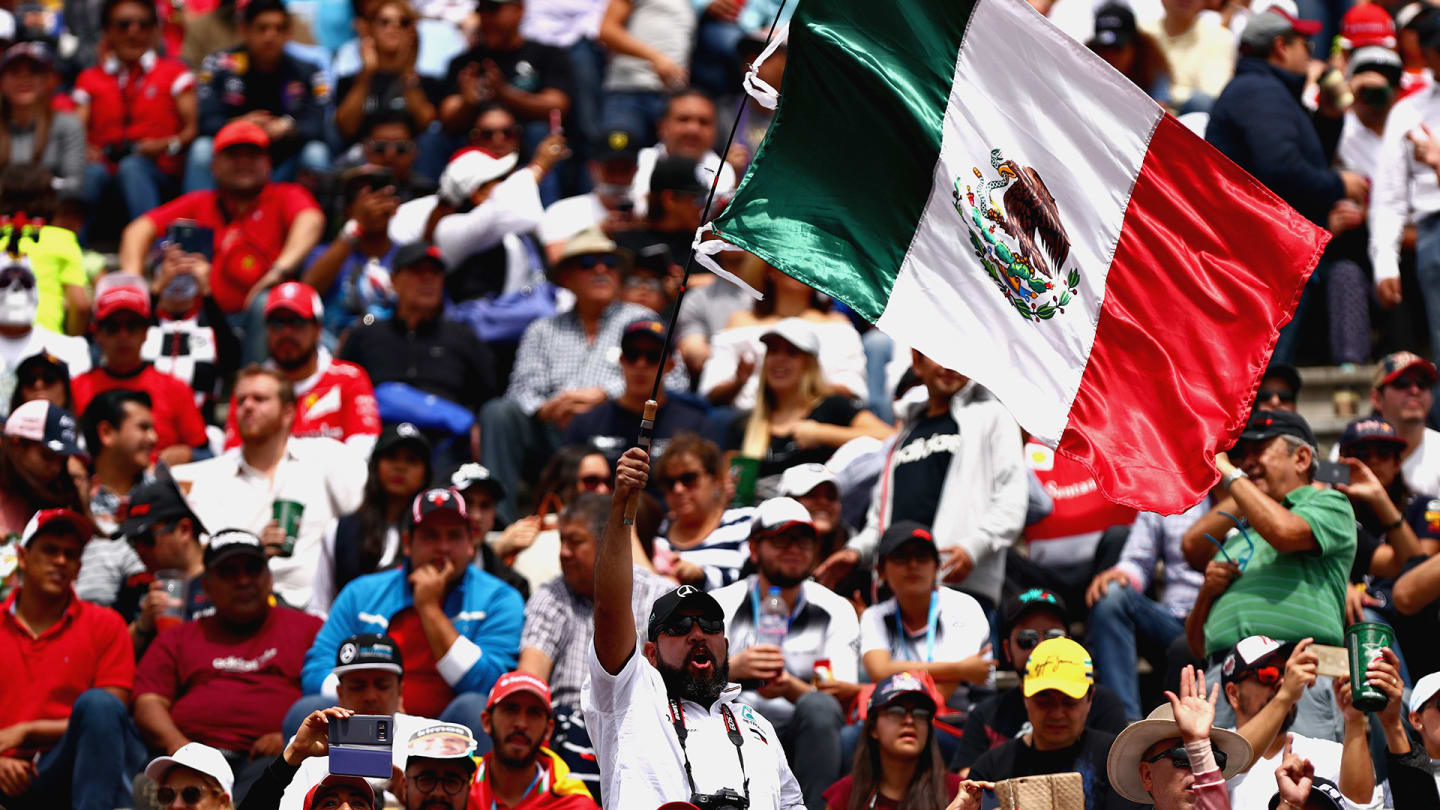
4. The F1ESTA atmosphere
All of this track action normally takes place in front of a party atmosphere, with the Mexican Grand Prix regularly selling out with a massive crowd. As one of the newer additions to the calendar - returning to the schedule in 2015 – the race has been really well supported following an absence of 23 years.
The Foro Sol certainly helps with that atmosphere as tens of thousands of fans overlook a section of the track and the podium, just outside the Formula 1 paddock.
The paddock itself often sees plenty of action, with traditional music, food, art and events taking place in an area that will this year be designed to look like a Mexican street.
The race titles its atmosphere as the 'F1ESTA' and has sold out for the fifth straight year off the back of winning the 'Best Live Experience' award in the Leaders Sports Award 2019, while the race organisers won the Best Promoter award at the 2018 FIA Prize Giving.
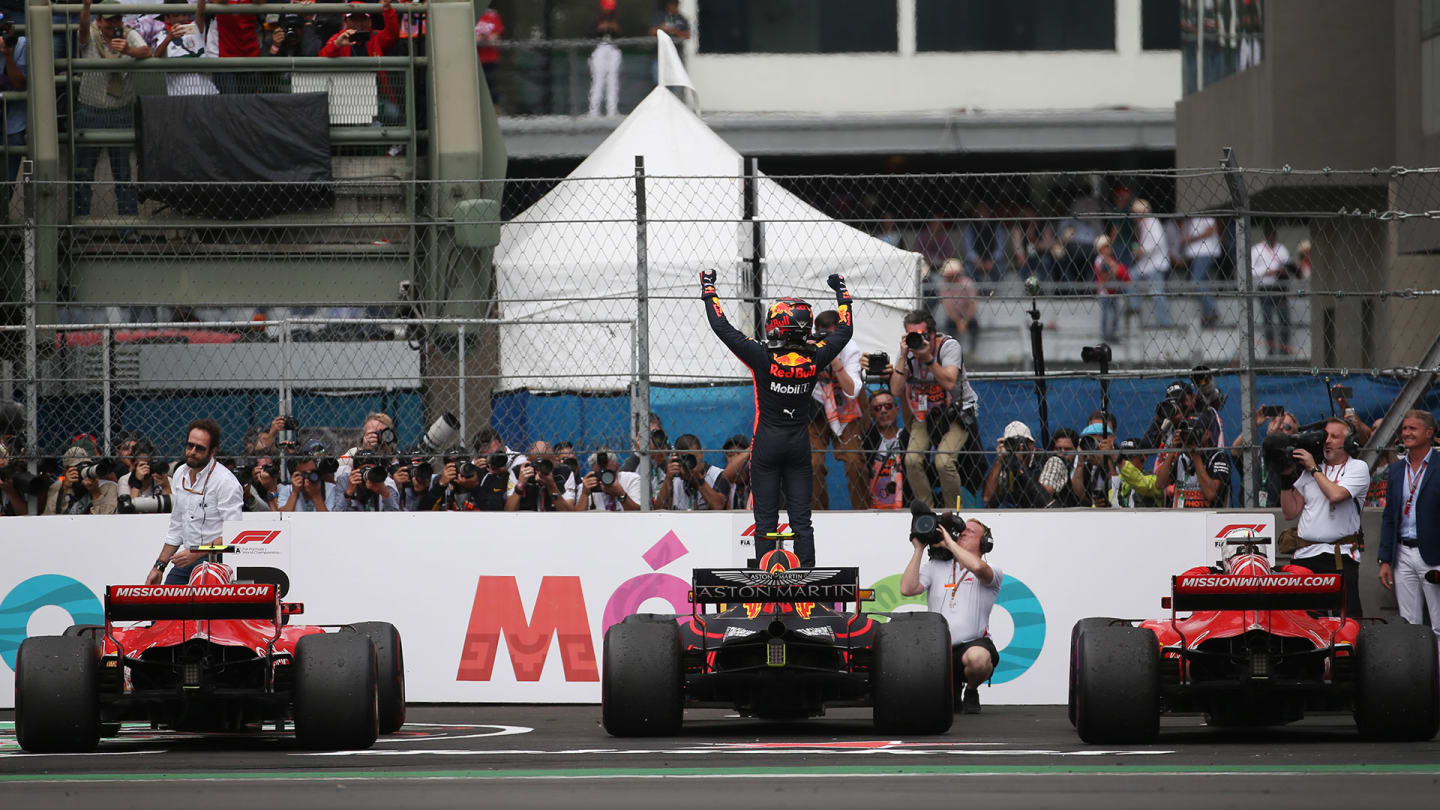
5. Plenty of history
In the short time the Mexican Grand Prix has been back on the calendar, it has already been the scene of a number of dramatic moments. The past two years have seen Lewis Hamilton secure the drivers’ championship here despite difficult races for Mercedes, with Max Verstappen winning on both occasions for Red Bull.
But some of the early editions of the race were similarly dramatic, with 1964 seeing the climax of a three-way battle for the championship. Graham Hill, John Surtees and Jim Clark all had a chance of taking the title, and although Hill was favourite, Clark was poised for a stunning victory when reliability issues struck in the closing laps and Surtees profited to take his first championship in incredible circumstances.
READ MORE: Formula 1 to race in Mexico City until at least the end of 2022
Four years later and there was another three-way title showdown, although this time Hill came out on top with victory – and his second drivers’ championship – as the challenges of Jackie Stewart and Denny Hulme faded.
The venue was a favourite with the drivers throughout that time and again in the late Eighties and early Nineties, Nigel Mansell’s pass around the outside of Gerhard Berger into the fearsome Peraltada in 1990 one of the iconic images of F1 at the circuit.
MEXICO: 5 shock moments from F1 history
Share
YOU MIGHT ALSO LIKE
News Formula 1 Channel to launch on streaming television in the USA
News Alonso reflects on ‘crazy race’ in China after nearly crashing while Stroll gives his take on penalty for ‘weird’ incident
News Stella admits surprise at McLaren success after thinking China would be 'damage limitation event'
News Hulkenberg pleased to ‘steal’ another point for Haas as Magnussen rues costly contact with Tsunoda
